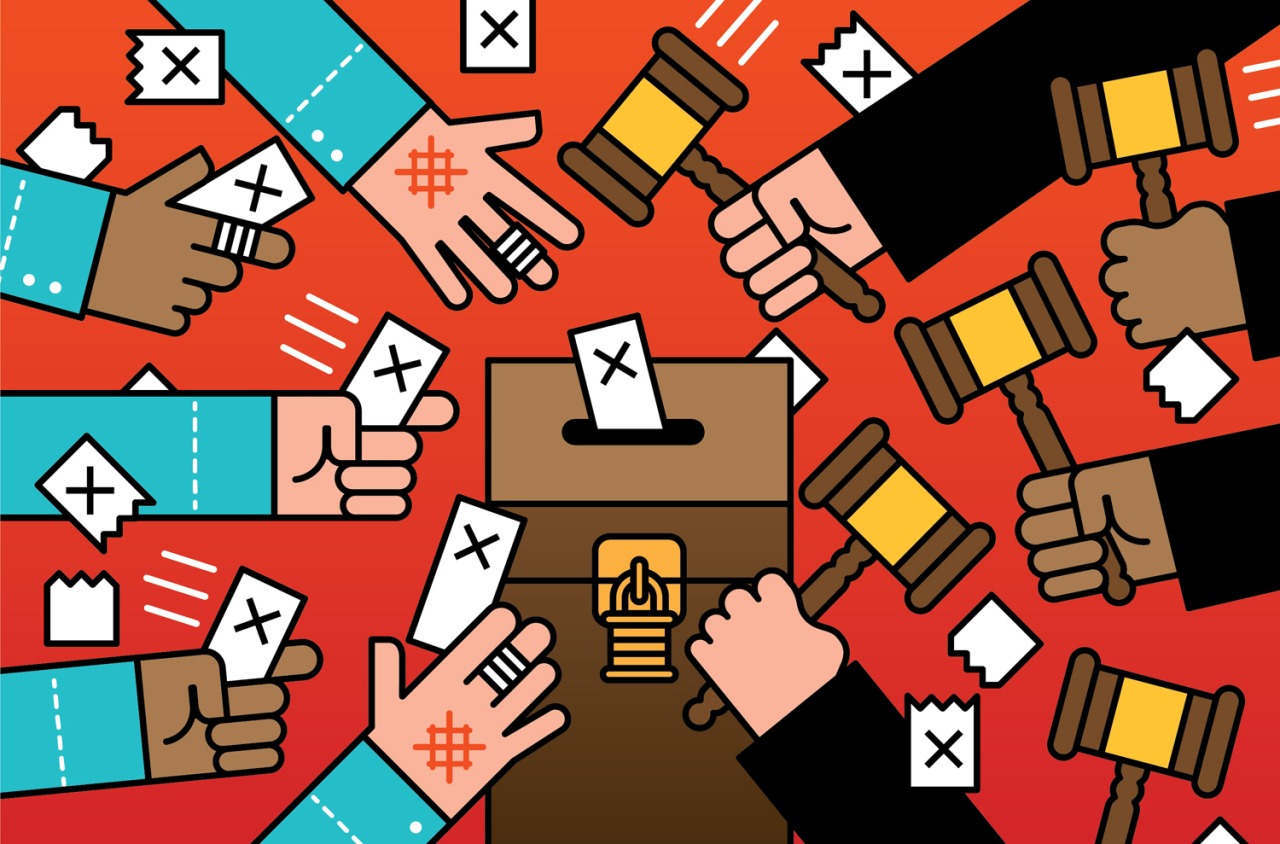Beware of Generic Values
In the inboxes and Slack channels at Emotive Brand, there is a video that often gets shared before we embark on a brand video. It’s called “This Is a Generic Brand Video, by Dissolve,” and it’s a hilarious satire of when you try to make your brand stand for everything, it ends up standing for nothing. “Equality, innovation, honesty, and advancement,” the narrator says, in a salt-of-the-earth grumble, “are all words we chose from a list.”
Company values not only shape the external identity of your organization, they act as an internal compass for your current and prospective employees. When done properly, values can be the engine of a thriving work culture, attracting and retaining top talent. On the other hand, when a list of generic, vaguely positive words are selected from a hat, your culture greatly suffers.
If Everyone Is Innovating, No One Is
A research group at MIT conducted a survey of more than 1,000 firms in the Great Places to Work database. Eighty-five percent of the S&P 500 companies have a section—sometimes even two—dedicated to what they call “corporate culture.” Above all else, the most common value is innovation (mentioned by 80% of them), followed by integrity and respect (70%).
“When we try to correlate the frequency and prominence of these values to measures of short and long-term performance,” the study says, “we fail to find any significant correlation. Thus, advertised values do not seem to be very important, possibly because it is easy to claim them, so everybody does.”
So, what does this all add up to? In short, there are two types of values for a company: universal and particular. Both are important in building a thriving company culture, but in terms of what you advertise and how you use these tools, the approaches differ widely.
The Universal and the Particular
Universal values are the table stakes to get a prospective employee in the door. Is there really anyone that doesn’t want to work at a place that values equality, respect, honesty, teamwork, or innovation? How you deliver and bring these values to life is incredibly important, but it’s something that can be elaborated on in an employee handbook, workshop, or leadership training.
At the end of the day, the only place that universal values really need to live is in the actions of your people. Your website is some of the most valuable real estate for your brand. Writing the word “INNOVATION” in all caps is not going to persuade a senior engineer to apply for a job. Do you know what will? Your technology portfolio.
In contrast, particular values are the principles that could only be held by your company. They should be written in a tone and manner that feels authentic to who you are. Here’s how Brian Chesky, Founder and CEO of Airbnb, explained it in a lecture at Stanford.
“Integrity, honesty — those aren’t core values. Those are values that everyone should have. But there has to be like three, five, six things that are unique to you. And you can probably think about this in your own life. What is different about you, that every single other person, if you could only tell them three or four things, that you would want them to know about you?”
So, let’s look at Airbnb and see if it passes the test. Here is the first value from their career page:
Be a Host. Care for others and make them feel like they belong. Encourage others to participate to their fullest. Listen, communicate openly, and set clear expectations.
First of all, notice the language. Being a host, of course, is integral to Airbnb’s platform. It embodies a sense of empathy while, most importantly, being particular to the company. It’s not that no other company in the world could value these things—caring, belonging, encouraging others—it’s that no other company in the world could have written it exactly this way. Think of how easy it would have been for them to just write the word integrity. Instead, they drilled down into the emotive core of their service and discovered something real.
Core Values Act as a Lighthouse
That’s the beautiful thing about well-written, emotive values. Once they are set, they act as a lighthouse for recruiting like-minded people. As Jim Collins writes, “you cannot ‘set’ organizational values, you can only discover them. Executives often ask me, ‘How do we get people to share our core values?’ You don’t. Instead, the task is to find people who are already predisposed to sharing your core values. You must attract and then retain these people and let those who aren’t predisposed to sharing your core values go elsewhere.”
So, next time you sit down to write or refresh your company’s values, please resist the urge to paint with broad strokes. Ask yourself, what do we truly believe in? What do we do better than anyone else? What are the real, grounded ways that we are impacting the world? What changes are we looking to make and how do we want to get there? Paradoxically, the more specific you get, the wider net you’ll cast. Or as James Joyce put it, “In the particular is contained the universal.”
If you’re looking to make your brand values act as a guiding light for recruiting and retaining top talent, contact Founding Partner Tracy Lloyd at [email protected].
Emotive Brand is a brand strategy and design firm in San Francisco.




